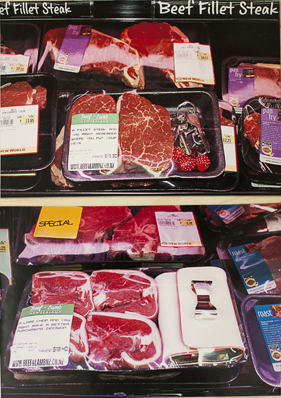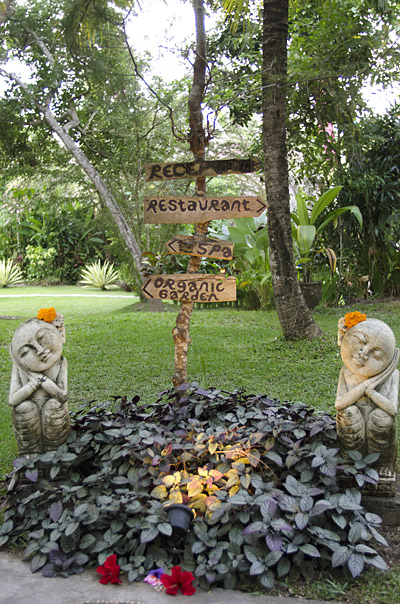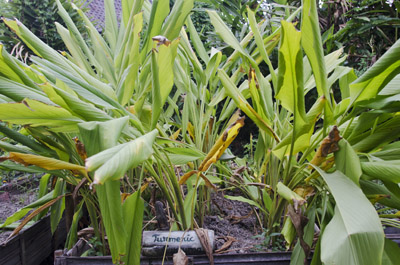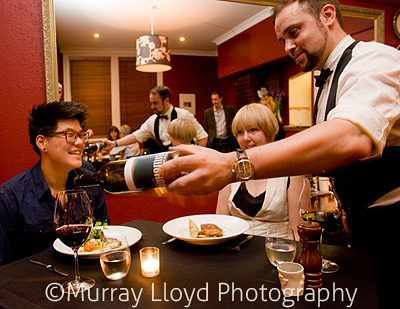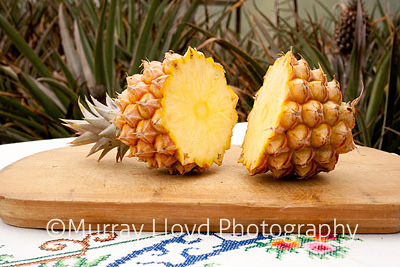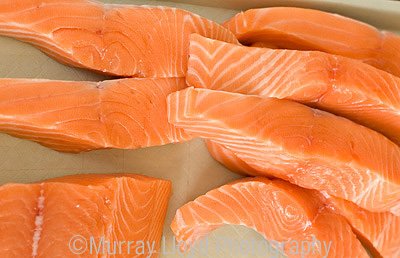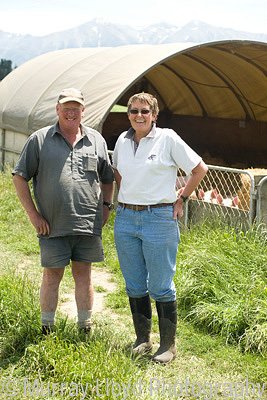Four tonnes an hour seems like good returns from 50-60 pickers but when compared to a mechanical picker this is small return. Hand picking is at least twice as expensive and twice as slow when compared to a machine so why do it?
Te Mata Estate in Hawkes Bay hand picks grapes for all of their premium wines and further. The hand picking is also appreciated by the community which gathers for each vintage. Loyal pickers return year after year, while an international flavour is often provided by Italians, Germans and once even a crowd from Mauritius.
The machines are not as fussy when it comes to unwanted material on bunches of grapes so the resulting fruit from hand picking is cleaner. The cabernet franc grapes seen picked in these photos are a result of a very long hot summer.
Vintage at Te Mata in Hawkes Bay
John Buck, of Te Mata, said it almost seemed there was no vintage taking place in 2013 because of the lack of stress (due to the high quality of the grapes).
While not made directly into wine on its own by Te Mata the cabernet franc juice will be blended to make either Awatea or Coleraine, New Zealand’s top rated Bordeaux style red wine.



























